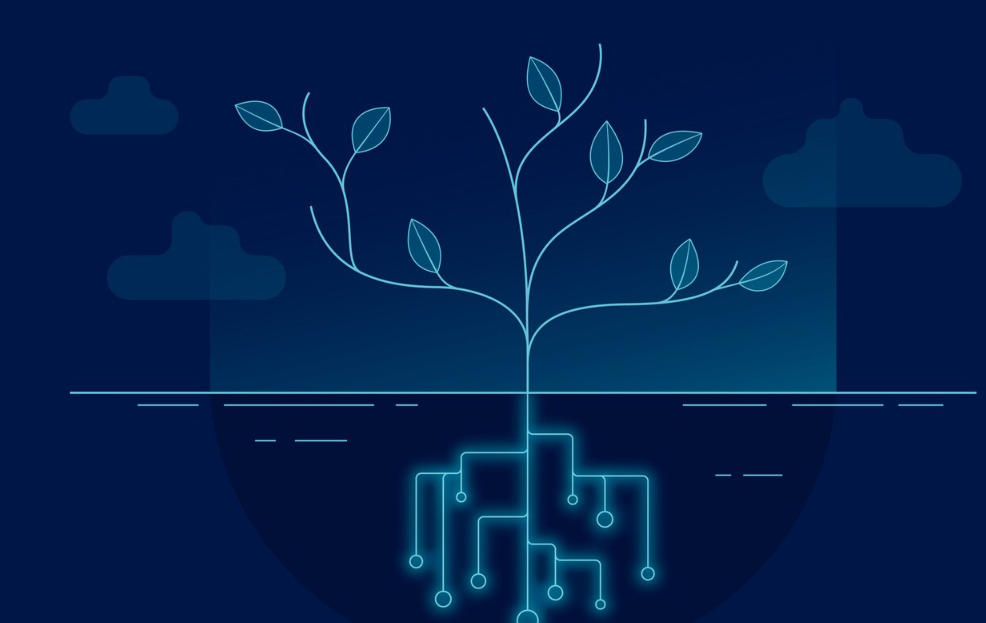The internet was once a vast digital wilderness—chaotic, experimental, unpredictable, and free. In its early days, websites were handcrafted, communities self-organized, and content reflected a strange, diverse, and often personal range of voices. But as the web matured, it became more centralized, sanitized, and commercialized. What was once an open forest has, in many ways, been turned into a carefully controlled plantation.
Enter the idea of rewilding the internet—a movement to reclaim the internet’s organic spirit, restore its biodiversity of thought, and rebuild digital spaces that foster creativity, freedom, and ecological thinking.
What Does It Mean to “Rewild” the Internet?
Borrowed from ecology, rewilding refers to the process of restoring natural ecosystems to their untamed state. Applied to the digital world, rewilding means:
- Decentralizing power and ownership
- Encouraging open protocols over closed platforms
- Supporting independent, non-commercial digital spaces
- Embracing experimentation and imperfection
- Resisting algorithmic monocultures
In short, it’s about bringing back the wild—not just in design, but in values.
How the Web Got Tamed
The transformation of the internet from wild to corporate was gradual but deliberate. Platforms like Facebook, Google, and Amazon now dominate the web. Algorithms shape what we see. Engagement metrics decide what survives. Personal websites gave way to profiles. Forums became feeds.
As a result, the internet feels more convenient—but less surprising. More accessible—but less free. Like a zoo that keeps animals safe, but strips away their instincts.
Signs of Digital Rewilding
Despite the dominance of big tech, there are hopeful signs of rewilding emerging across the digital landscape:
1. The Rise of the Indie Web
A growing number of creators are leaving major platforms in favor of personal blogs, newsletters, and handcrafted websites. They’re using open tools like RSS, Markdown, and HTML to build their own corners of the internet—free from algorithms and surveillance.
2. Decentralized Protocols
Technologies like Mastodon (part of the Fediverse) and the ActivityPub protocol offer decentralized alternatives to traditional social media. These platforms are built around community governance, not profit extraction.
3. Digital Gardens and Hypertext Revival
Some bloggers now maintain “digital gardens”—nonlinear collections of evolving notes and ideas. These are less about publishing for clicks and more about sharing knowledge in organic, networked ways. It’s a rebirth of the hypertext ideal.
4. Low-Tech and Slow Web Movements
There’s a quiet push for a “slower” internet: sites that are lightweight, sustainable, and mindful. Advocates focus on reducing energy use, avoiding dark patterns, and building tech that respects attention and time.
Why It Matters
Rewilding the internet isn’t just aesthetic or nostalgic. It’s about digital sovereignty, diversity, and resilience. A rewilded web supports:
- Freedom of expression without platform dependency
- Knowledge-sharing that isn’t optimized for virality
- Cultural diversity over homogenous trends
- Privacy and agency over data extraction
Just like natural ecosystems, a healthy internet requires variety, unpredictability, and a degree of chaos.
Challenges Ahead
- Convenience vs. Control: Centralized platforms are easy to use. Rewilding often requires more effort.
- Discoverability: Wild content can be hard to find without algorithms.
- Economic Support: Independent creators and platforms need sustainable models beyond ad revenue.
Still, these are problems worth solving—because the alternative is a web that grows ever more controlled, commodified, and lifeless.
Conclusion
Rewilding the internet is not about going backward. It’s about moving forward with intention—cultivating a digital ecosystem where creativity, autonomy, and curiosity can thrive. It’s about making the web feel alive again.
The forest is calling. The question is: will we log back in, or start planting seeds?


